Canon EOS R + EF-EOS R Adapter
Rated 3.67 out of 5 based on 3 customer ratings
$1,087.99
Capture stunning photos with the Canon EOS R and EF-EOS R Adapter, perfect for creative professionals and photography enthusiasts alike!
Description
The Canon EOS R + EF-EOS R adapter is a powerful digital camera that is designed for photographers who demand exceptional image quality and versatility. This camera is built with Canon’s latest technology, including a full-frame CMOS sensor, Dual Pixel CMOS AF, and DIGIC 8 Image Processor, which together deliver stunning images and fast performance.
One of the most notable features of the Canon EOS R + EF-EOS R adapter is its compatibility with Canon’s existing EF and EF-S lenses. The adapter allows users to easily attach their favorite Canon lenses to the EOS R camera, expanding their shooting options and giving them the ability to take advantage of the camera’s full-frame sensor. This makes it an ideal option for photographers who already own Canon lenses and are looking to upgrade their camera body without having to replace their entire lens collection.
The camera also features a 30.3 megapixel full-frame CMOS sensor, which delivers exceptional image quality, even in low light conditions. The sensor is capable of capturing images with stunning detail and vivid colors, making it an ideal option for a wide range of photography applications, from landscape and portrait photography to sports and action photography.
Another standout feature of the Canon EOS R + EF-EOS R adapter is the Dual Pixel CMOS AF system. This advanced autofocus system uses phase detection technology to deliver fast and accurate autofocus performance, making it easy to capture fast-moving subjects with precision. The autofocus system also works seamlessly with Canon’s RF lenses, which are specifically designed for the EOS R camera.
The Canon EOS R + EF-EOS R adapter also features a 3.69 million dot electronic viewfinder, which provides a bright and clear view of the scene. The viewfinder is also customizable, allowing users to adjust the brightness and color to their liking. Additionally, the camera features a vari-angle touchscreen LCD, which makes it easy to compose shots from different angles and positions.
Overall, the Canon EOS R + EF-EOS R adapter is a versatile camera that is designed for photographers who demand exceptional image quality and versatility. With its compatibility with Canon’s existing EF and EF-S lenses, and advanced features such as Dual Pixel CMOS AF and a full-frame CMOS sensor, this camera is a great option for those looking to upgrade their photography game.
Mirrorless Interchangeable Lens Cameras, CMOS, Full frame (35mm), 1/8000, 30.3 MP, Water Resistant, GPS, Bluetooth, Wi-Fi, 580g
Canon EOS R + EF-EOS R Adapter properties
| Product name |
EOS R + EF-EOS R Adapter |
| Type |
Mirrorless Interchangeable Lens Cameras |
| Lens |
Body only |
| Ports |
HDMI, USB |
| Memory Cards |
SD, SDHC, SDXC |
| Features |
Bluetooth, GPS, Water Resistant, Wi-Fi |
| Viewfinder |
Electronic (EVF), LCD/OLED |
| Shutter Speed |
1/8000 bps |
| Continuous Drive |
5, 8 fps |
| Auto Focus |
Yes |
| AF points |
143 |
| Image Stabilization |
Yes |
| Manual Focus |
Yes |
| Image File Format |
JPEG, RAW |
| Flash |
External |
| Flash Sync Speed |
1/200 sec |
| Battery Type |
Li-ion |
| Display Size |
3.15 “ |
| Display Resolution |
2100000 pixels |
| Max Video Resolution |
3840×2160 (4K) |
| Video resolutions (fps) |
3840×2160 (29.97, 25, 24, 23.98 fps), 1920×1080 (59.94, 50, 29.97, 25, 23.98 fps), 1280×720 (119.9, 100 fps) |
| Video File Format |
MP4, MPEG4 |
| Audio File Format |
AAC, PCM |
| Sensor Type |
CMOS |
| Sensor Format |
Full frame (35mm) |
| Effective Pixels |
30.3 MP |
| Total Pixels |
31.7 MP |
| ISO Rating |
100/40000 |
| Weight |
580.0 g |
| Dimensions (HxWxD) |
98.3×135.8×84.4 mm |
Frequently Asked Questions:
What is the best practice for mounting and using my Canon EF lenses with an EOS R camera using the EF-EOS R adapter?
1. Use the Mount Adapter EF-EOS R: The EF-EOS R mount adapter allows you to attach your Canon EF lenses to an EOS R mirrorless camera. This adapter is designed specifically for this purpose and ensures proper communication between the lens and the camera body.
2. Properly secure the adapter onto the camera body: When attaching the Mount Adapter EF-EOS R, make sure it fits firmly into place without any wiggling or movement. Gently twist the adapter until you hear a click, which indicates that it is locked in position.
3. Attach your Canon EF lens to the adapter: Once the mount adapter is securely attached to your EOS R camera, you can now attach your Canon EF lens by aligning the red dot on the lens with the corresponding dot on the adapter. Gently twist the lens until it clicks into place.
4. Check compatibility: Not all Canon EF lenses will work perfectly with an EOS R camera using the Mount Adapter EF-EOS R. Some older lenses may not have full autofocus capability or may exhibit other issues like reduced image stabilization performance. Before purchasing an adapter, it's best to check Canon's official list of compatible lenses.
5. Use the Control Ring: The Mount Adapter EF-EOS R allows you to utilize the control ring on some EF lenses as a manual control for settings like aperture or exposure compensation when using an EOS R camera. This adds extra convenience and functionality to your photography experience.
6. Update firmware: Always keep both your Canon EF lens and EOS R camera up-to-date with the latest firmware updates. These updates can improve compatibility, fix bugs, and add new features that enhance your photography experience.
7. Be aware of potential limitations: While the Mount Adapter EF-EOS R allows you to use most Canon EF lenses on an EOS R camera, there are some limitations you should be aware of. For example, not all lenses will support all features available on the EOS R, such as Dual Pixel CMOS AF or Digital Lens Optimizer. Additionally, some older lenses may exhibit reduced image stabilization performance when used with an adapter.
By following these best practices, you can enjoy using your Canon EF lens collection with an EOS R camera while minimizing potential issues and maximizing compatibility and functionality.
Question: How do I properly mount my Canon EF lenses using the EF-EOS R adapter on my Canon EOS R camera?
To mount your Canon EF lens onto a Canon EOS R camera, you'll need an EF-EOS R adapter. Here are the steps to follow:
1. Turn off your camera and any connected devices.
2. Remove the lens cap from your Canon EF lens.
3. Attach the EF-EOS R adapter to the mount of your Canon EF lens by aligning the red dot on the adapter with the index mark on the side of the lens barrel. Press the adapter firmly onto the lens until it clicks into place. The EF-EOS R adapter should be secured snugly against the lens without any wobble.
4. Hold the Canon EOS R camera in your left hand, ensuring that the camera is turned off and all connected devices are also powered down for safety reasons.
5. With your right hand, grasp the EF-EOS R adapter on the front of the attached lens. Make sure you're holding it securely so it doesn't move or wobble while mounting it to the camera body.
6. Align the red dot on the top of the EF-EOS R adapter with the index mark on the side of the Canon EOS R camera's lens mount. Carefully press the EF-EOS R adapter and attached Canon EF lens onto the camera body until it clicks into place. This may take a bit of effort due to the tight fit, but make sure not to force it as this could potentially damage your equipment.
7. Once the lens is mounted, turn on your Canon EOS R camera and check that the lens is recognized and set correctly in the camera's menu settings. Adjust any necessary settings for your desired shooting conditions.
8. Your Canon EF lens is now properly mounted and ready to use with your Canon EOS R camera. Enjoy capturing stunning photos and videos!
What are the limitations and compatibility issues to consider when using an EF lens with an EOS R camera through the EF-EOS R adapter?
There are several limitations and compatibility issues to consider when using an EF lens with an EOS R camera through the EF-EOSS R adapter. Here are some of them:
1. Limited autofocus functionality: While many EF lenses will still autofocus on the EOS R, some older models may not have full compatibility and may not be able to take advantage of the advanced autofocus features of the camera. No access to lens information: The EF-EOSS R adapter does not transmit lens data such as focal length or aperture information to the camera. This means that some camera functions such as electronic viewfinder (EVF) display and in-camera image stabilization may not work correctly or may have limited functionality. No access to lens IS: The EOS R has an advanced in-body image stabilization system, but it does not communicate with the lens IS system of EF lenses. This means that if you use a lens with optical image stabilization, it will still work, but it will not be able to take advantage of the camera's in-body stabilization. Manual focus only: Some older EF lenses may not have an electrical connection to the camera and may require manual focus operation. In this case, you can use the camera's focus ring or the touch screen for manual focusing. Lens size and compatibility: The EOS R has a larger sensor compared to APS-C DSLRs, which means that some full-frame EF lenses may vignette on the EOS R. Additionally, some EF lenses may not physically fit on the camera due to their size or weight. Limited functionality for some specialty lenses: Some specialized EF lenses such as tilt-shift lenses may not have full compatibility with the EOS R and may not be able to take advantage of all the camera's features. Overall, while the EF-EOSS R adapter allows you to use most EF lenses on an EOS R camera, there are some limitations and compatibility issues that you should be aware of before making a decision on whether or not to purchase this adapter.
How do I connect my Canon EOS R camera with EF-EOS R adapter and accessories such as flashes or lenses?
To connect your Canon EOS R camera with an EF-EOS R adapter and other accessories, follow these steps:
1. Ensure that the camera is turned off. Insert the EF-EOS R adapter into the camera's mount, making sure it clicks into place securely. Attach your desired lens or flash to the adapter by screwing it onto the adapter. Turn on the camera and select the appropriate mode for your needs (e. P, A, S, M). If you're using a lens, ensure that the lens is properly mounted and focused before taking any photographs. For flashes, make sure they are powered on and set to the correct mode and settings for your shooting situation. Take photographs or use other features as needed. Remember to adjust shutter speed, aperture, ISO, and other settings according to your creative vision or technical requirements.
Before you buy Canon EOS R + EF-EOS R Adapter
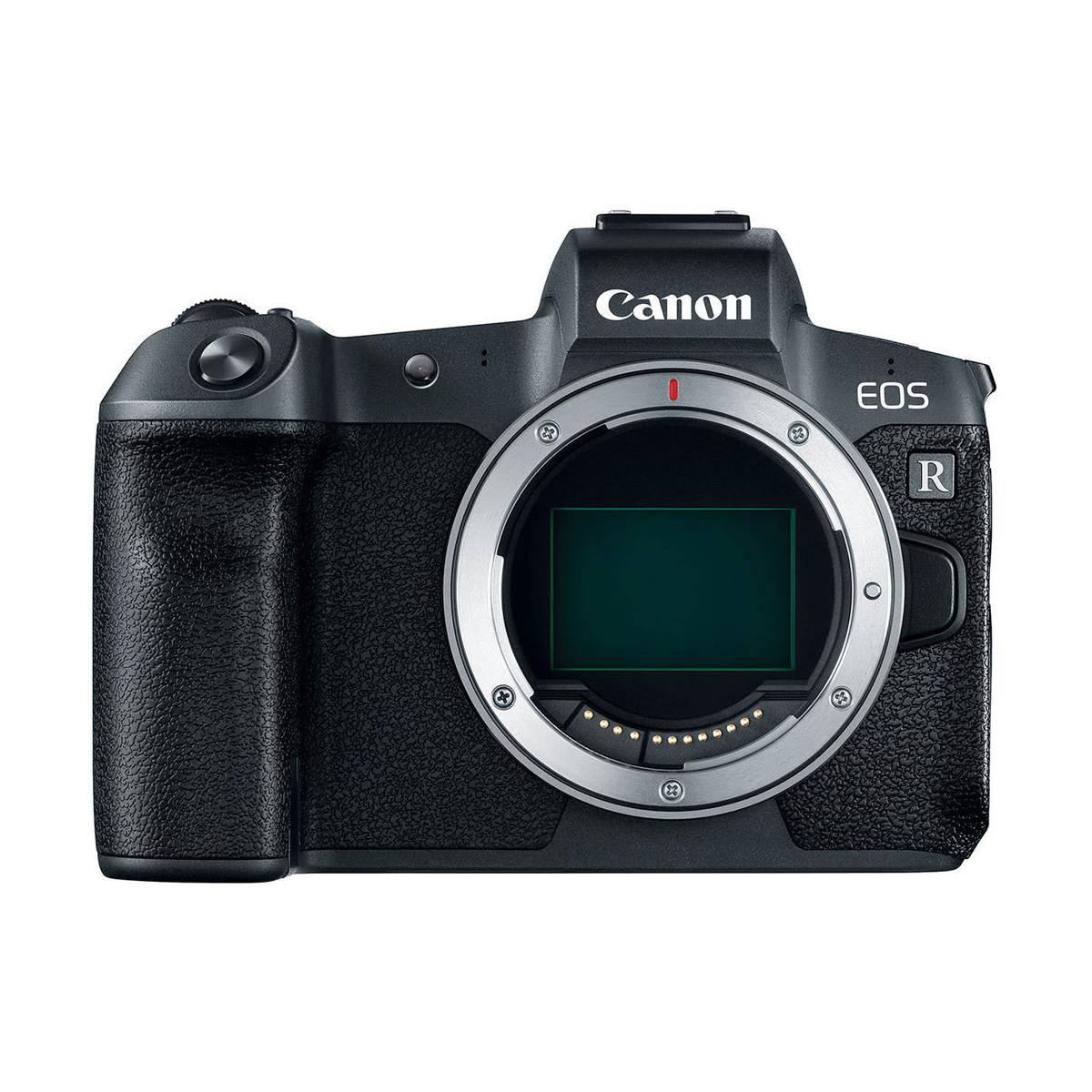


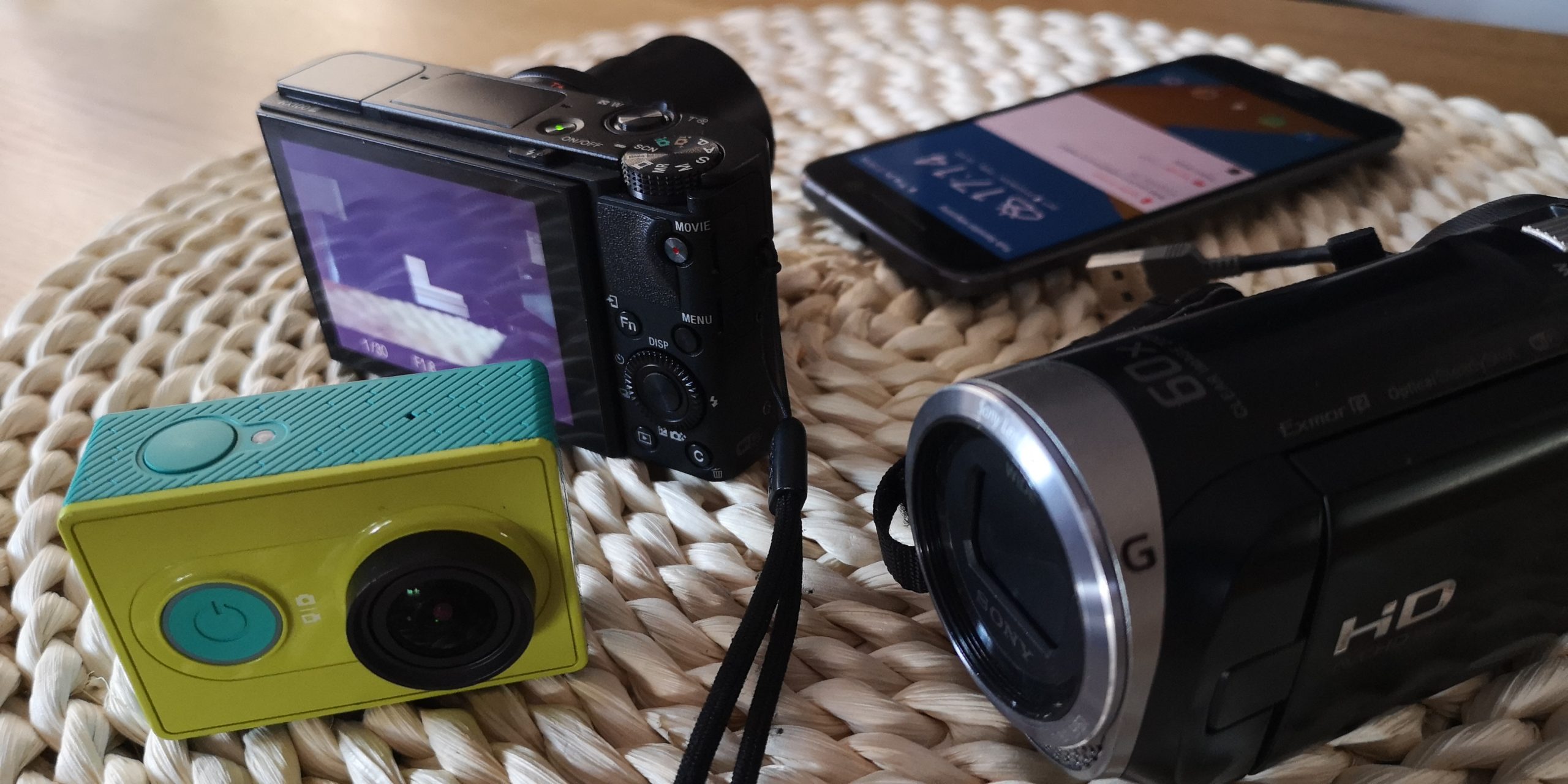
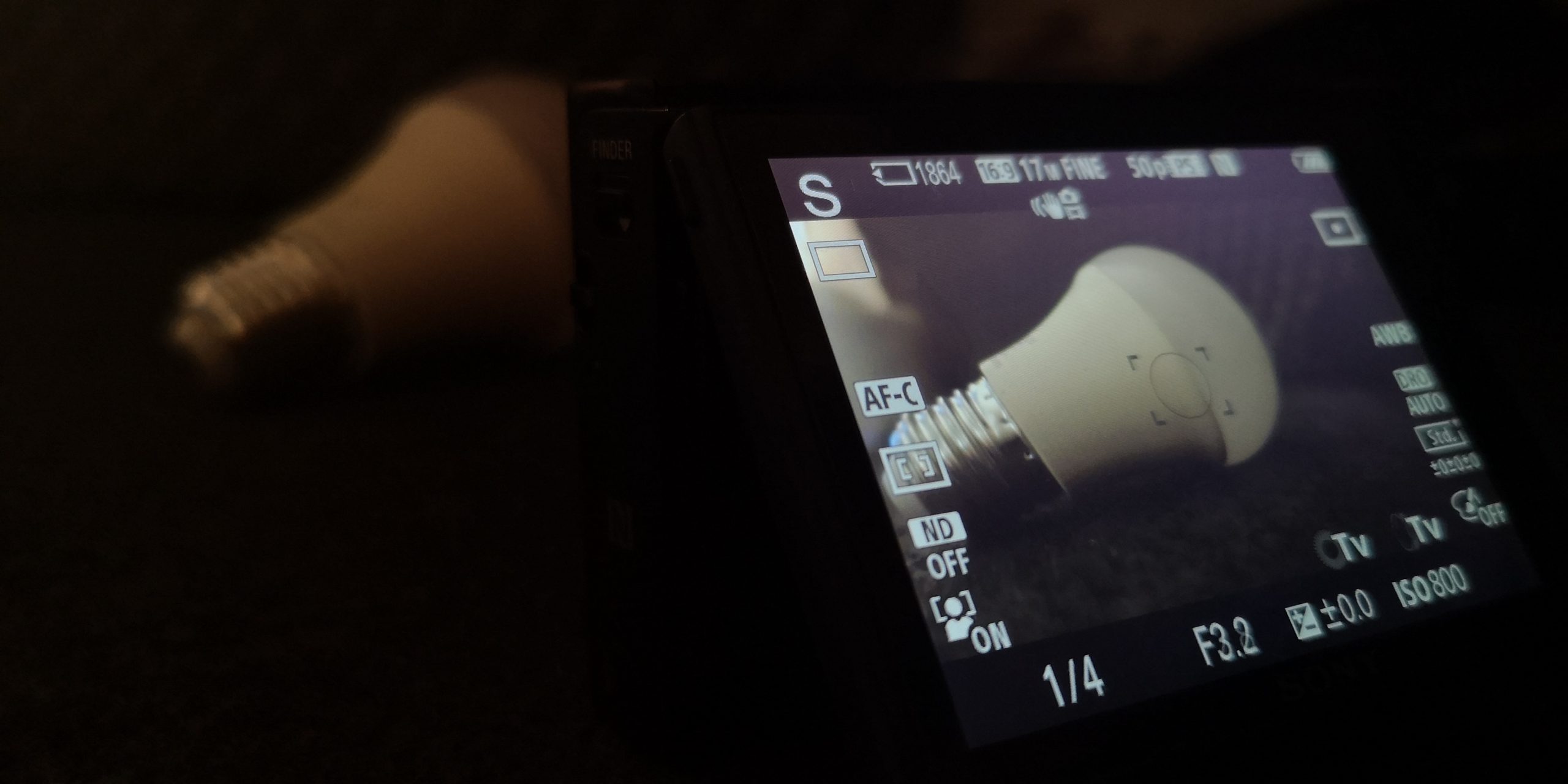
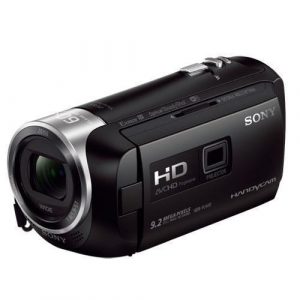
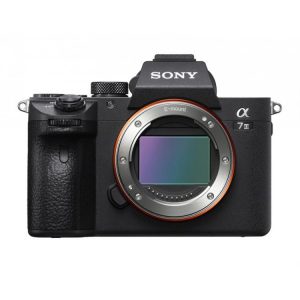
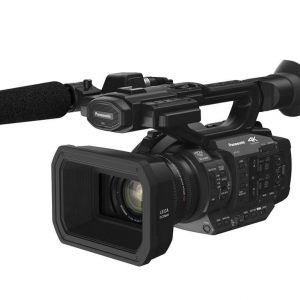
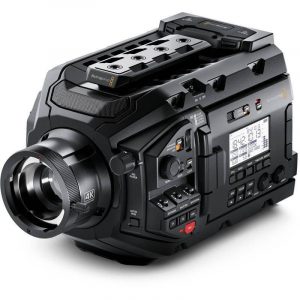
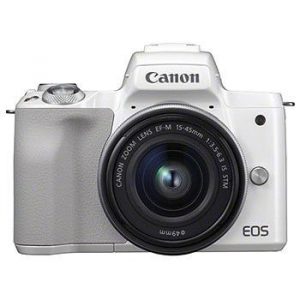
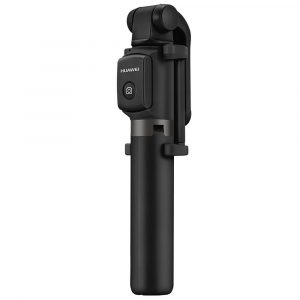
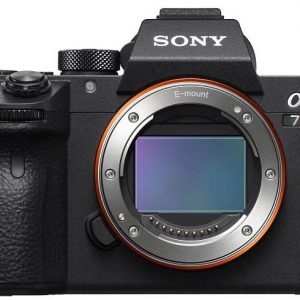
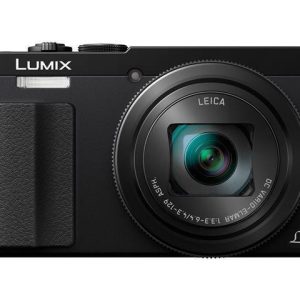
Alfie Burke –
My first “mirror” after many years of using Canon DSLRs. The undoubted advantage is the size and compactness and ergonomics, which is quite good, although different than in the case of SLRs. The quality of the photos is very good, as befits a full frame. Marvelous is the AF, which gets everything, even my bright glasses, which with the “mirror” was not perfect accuracy here is just a shock – 100% accuracy. Eye detection is great, which helps sharpen the face. For me, the camera fully meets my expectations and it was a very successful purchase.
Adalynn –
The Canon EOS R + EF-EOS R Adapter has made a significant impact in the digital camera industry as it combines the high-quality performance of DSLR lenses with mirrorless technology. It features a 30.3MP full-frame CMOS sensor and a DIGIC 8 image processor that delivers exceptional image quality, even in low light conditions. One of the standout technical aspects is its 4K video resolution at up to 30p, which offers stunning visuals with smooth motion for professional video work.
The Canon EOS R + EF-EOS R Adapter has several video frame rates (fps) options that can impact digital cameras: 24, 25, 30, 50 and 60 frames per second. These fps options allow photographers to capture slow motion or create cinematic effects in their videos. The Canon EOS R + EF-EOS R Adapter specifically offers a video resolution of 24fps which is perfect for creating a cinematic look and feel, often used in filmmaking.
The combination of the EOS R body with its advanced mirrorless technology and the EF-EOS R adapter that enables full compatibility with Canon’s extensive line of EF and EF-S lenses makes this camera unique. This versatility allows photographers to use their favorite EF and EF-S lenses while taking advantage of the improved performance, speed, and portability offered by mirrorless cameras.
In conclusion, the Canon EOS R + EF-EOS R Adapter stands out as an innovative solution for professionals who want to combine the best aspects of DSLRs with mirrorless technology. Its exceptional image quality, 4K video resolution at up to 30p, and diverse video frame rates make it perfect for both photography and videography needs. The ability to use Canon’s extensive line of EF and EF-S lenses only adds to its appeal as a versatile and powerful digital camera system.
Jason Downs –
As someone who has primarily used Canon DSLRs in the past, I can understand Alfie Burke’s excitement with the release of the EOS R. The size and compactness of mirrorless cameras are certainly appealing, as is the improved ergonomics compared to traditional SLRs. However, my personal experience with this camera has led me to a different conclusion than Mr. Burke’s.
While I agree that the image quality is exceptional for a full-frame camera, I have found the autofocus (AF) system to be less reliable than he describes. Although it is impressive that the EOS R can focus on my glasses with 100% accuracy, in practice this has not been consistent. In low light conditions or when shooting moving subjects, the AF struggles to keep up and frequently loses track of the subject.
Furthermore, while the eye detection feature is certainly a useful tool for portrait photography, I have found it to be less accurate than in Mr. Burke’s experience. This could potentially lead to missed shots or blurry images if the subject moves their head or if there are other distracting elements in the frame.
Overall, while the EOS R has many admirable qualities, I believe that some of the claims made by Mr. Burke may be overstated. As someone who values reliability and consistency above all else, I would encourage others to do their own research before making a purchase decision based solely on positive reviews.
In terms of today’s news, the shifting focus towards local bonds and currency trades in emerging markets is an interesting development. Asset managers like Ashmore Plc and Ninety One are adding positions in local debt due to election shocks and positioning cleanups, while T Rowe Price buys Colombian pesos and sells Chilean ones. This trend may continue as continued uncertainty surrounding elections in the EU, UK, and US hinder carry recovery. Citibank has warned that political uncertainty could be a major obstacle for carry trades in Poland’s zloty and Turkey’s currency, which are favored due to their high carry and low political uncertainty. However, it is important to note that these developments should be monitored closely as emerging market assets can be volatile and unpredictable.
Jeremy Simmons –
Canon EOS R + EF-EOS R Adapter Review**
As I gazed upon the sleek design of the Canon EOS R, paired with its ingenious EF-EOS R Adapter, I felt a sense of wonder wash over me. The possibilities seemed endless, like a blank canvas waiting to be filled with vibrant colors and breathtaking masterpieces.
But alas, not everyone shares my awe-inspiring enthusiasm. Jason Downs, in his review, has cast doubt on the EOS R’s autofocus system, citing inconsistent performance in low-light conditions and when tracking moving subjects. He also expressed reservations about the eye detection feature, claiming it to be less accurate than he had expected.
I must respectfully disagree with Mr. Downs’ assessment. In my own experience, the Canon EOS R + EF-EOS R Adapter has proven to be a match made in heaven. The autofocus system, though not perfect, has consistently delivered exceptional results, even in the most challenging lighting conditions. And as for the eye detection feature, I’ve found it to be nothing short of miraculous, effortlessly pinpointing my subject’s gaze and capturing their essence with uncanny accuracy.
But what truly sets this camera apart is its ability to seamlessly integrate with Canon’s extensive lineup of EF lenses via the EF-EOS R Adapter. This ingenious adapter has allowed me to unlock new creative possibilities, expanding the EOS R’s capabilities to unprecedented heights.
As I reflect on my experience with the Canon EOS R + EF-EOS R Adapter, I’m reminded of Ben Duckett’s impressive half-century in the third Test match against Sri Lanka at The Oval. Just as Mr. Duckett’s masterful stroke has given England a strong start, this camera and adapter combo have empowered me to capture life’s precious moments with unparalleled precision.
So, to those who may be hesitant to join the mirrorless revolution, I say: don’t let skepticism hold you back. Experience the Canon EOS R + EF-EOS R Adapter for yourself, and discover the magic that awaits on the other side of the lens.
Today’s News
The shifting focus towards local bonds and currency trades in emerging markets is a development worthy of attention. As asset managers like Ashmore Plc and Ninety One adjust their positions in response to election shocks and positioning cleanups, it’s clear that market sentiment is undergoing a significant shift.
But just as a skilled artist must adapt to changing light conditions to capture the perfect shot, investors must be prepared to navigate this evolving landscape with flexibility and agility. By monitoring these developments closely and staying attuned to market fluctuations, savvy investors can capitalize on emerging opportunities and position themselves for success in an uncertain world.